Desert Roaming – Owens Valley, CA
The desert surrounded me with its silence, wrapping me in a soft blanket of soothing quiet. The quiet was not an inside quiet like wearing ear plugs; it was outside me, huge, expansive, extending seemingly to the horizon. There is no accuracy possible in describing such a feeling, because there is nothing else to relate it to. If you have never experienced such vast, spacial peace, you will be purely amazed at your first encounter. Every single person of every stripe, whom I’ve taken to the desert, has been completely astounded at the absence of sound.
This isn’t to say that the desert can’t be a noisy, blusterous beast, for it surely can. When the wind picks up, forget about peace, and go find something to stand behind. And of course, the temperature extremes are legendary. Roasting days and freezing nights are common, sometimes even year-round. On this November journey, we have seen 90F one afternoon, and 14F one morning.
Desert scenery also tends to the unique, due in some part to the low, sparse vegetation. You can see everywhere, mostly unobstructed by forests or high brush and grasses. This open-ness combines with some extreme variations in geology, to present some of the grandest views on Earth.
We were camped at Goodale, an inauspicious BLM camp in between Bishop and Lone Pine, two miles off of the venerable US-395. The (very) high Sierras were to our west, and the nearly-as-high Inyos and Whites off to our east, only five miles away. Owens Valley is, geologically, a rift valley — the area between two massive faults that were created with the up-thrust of the tall mountain ranges. Did you know that Mt. Whitney, famous for being the tallest peak in the lower-48, is only 252′ taller than White Mountain, just across the valley?
But the two ranges of mountains are vastly different to experience. The Whitney range is stark granite, laden with ice and snow a lot of the year, and populated with deer, black bear, and evergreen pines and firs. In contrast, the Whites are barren dirt and gravel by comparison, with sparse growths of pinyon pine and juniper. The black bears don’t get over that far, but some bighorn sheep can be found. And then there are the fantastic bristlecone pines, the oldest trees in the world. Way up top of the Whites, trees from 4000-5000 years of age can be found.
Amidst all this impressive geology, our camp down in the placid valley, between these imposing rocky edifices, was somehow both separate, and combined with, the masses which define it. Its namesake creek cuts along the northern edge of the elongated campground, with the usual willows and cottonwoods marking its path down to the Owens River in the far distance.
Punctuating the valley are frequent runs of dark a’a lava flows, running across the landscape in harsh, abrasive ridges of some of the most difficult walking and climbing we have encountered.
We had a lot of cloudy, rainy weather on this visit, and didn’t do our normal amount of wandering. We were content to take some occasional short hikes, hunker down in camp (and in Howie for the worst parts), and simply soak up the desert’s grace.
CERRO GORDO
After having a great Thanksgiving feed over at the annual Panamint Springs Resort shindig, we took a side trip on the way back to camp. Cerro Gordo has been around for a long while, but somehow we’d always managed to bypass it. We find, over and over again, how much of the world there is to explore, even if we’ve already “been there, done that”.
Cerro Gordo Road takes off just across CA-136 from Keeler, near the intersection of CA-136 and CA-190 to the east of Owens Lake. The road travels a fairly steep uphill grade, sometimes twisty, narrow, and rocky, for about 6 miles before reaching the “town”. Mostly an easy road, it’s marked by occasional mining equipment and old tailings.
Near the top, a view back to the west shows the sad, dried flats of the once beautiful blue Owens Lake.
Finally, 4000′ or so above the valley floor (and appropriately more chilly), the tiny hamlet came into view.
This was the first we knew of the availability of tours, and of course our phones didn’t work up on the mountain — not to mention it was Thanksgiving day. Ah well, another time….
Typical in some regards, but significantly better preserved, the community was still a spartan one. But for sure, the one standout structure had to be the stark little church, including corrugated-metal steeple. Quite unique.
Cerro Gordo (“fat hill”) was a going mining concern for a while, and then (as most mines do) petered out. However, unlike the majority of mines in California and Nevada, Cerro Gordo has clung to “non ghost” status. It’s presently occupied, but has recently been sold to some L.A. investors, who showed the owners that they cared about preserving the historical values of the property. Although the new owners plan to make it into a retreat-style property, the access and tours (by pre-arrangement only) should continue.
On the far side of the town, the road continues, but with a severe downgrade in quality. Too late in that day to explore any length of it, but we checked our maps diligently.
With the right equipment (Ranger Ralph would be eligible), connections can be made to Saline Valley, Death Valley, and Panamint Valley via some truly lonely and rugged back country tracks. It seems the more we wander, the more wandering there is to do.
STILL CURIOUS?
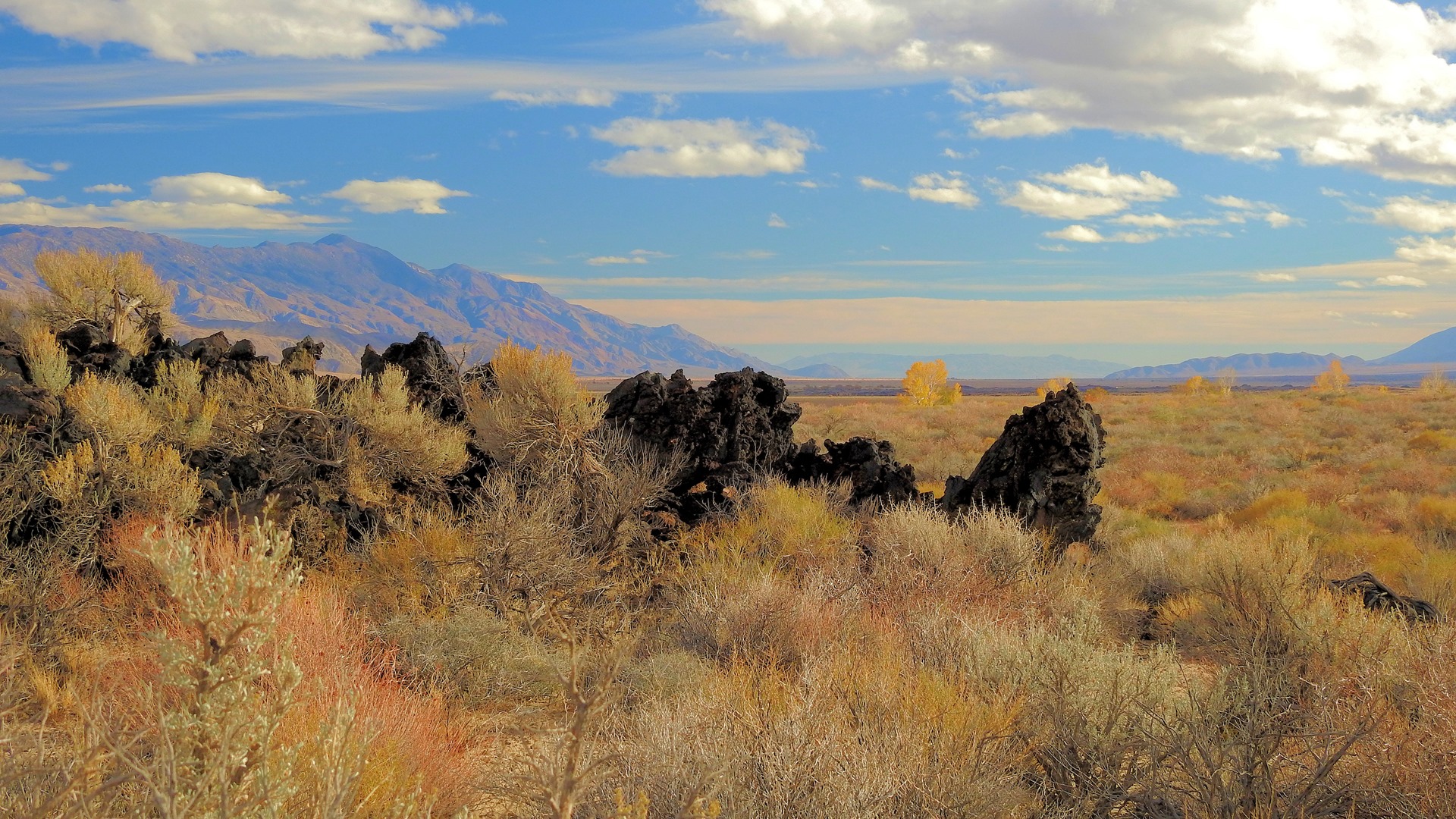
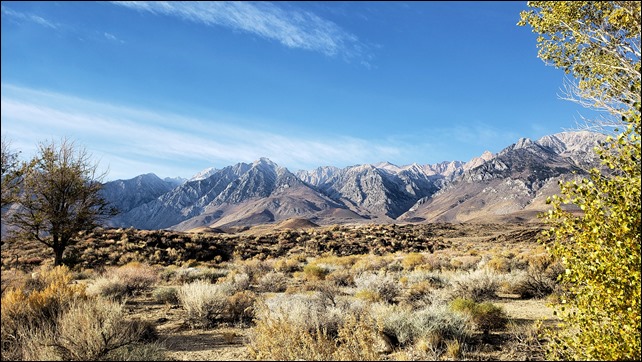
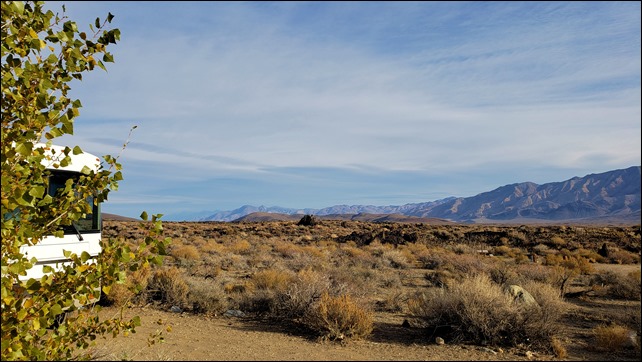
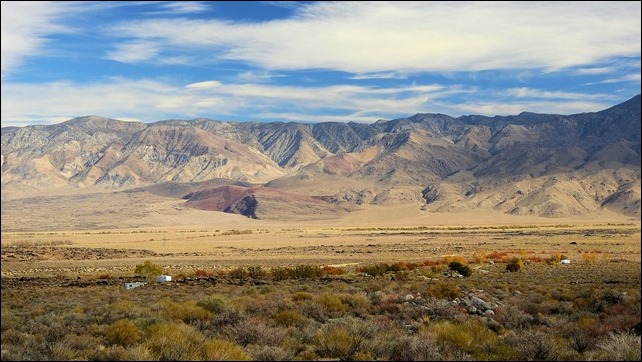
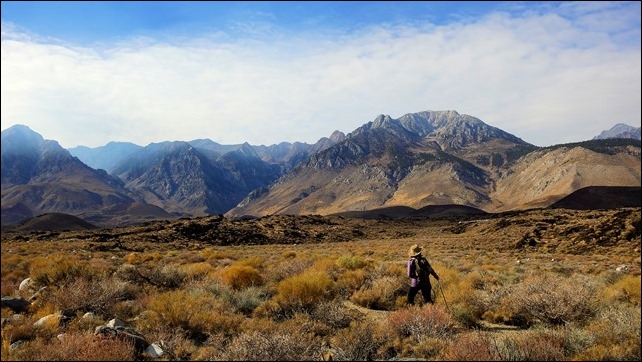
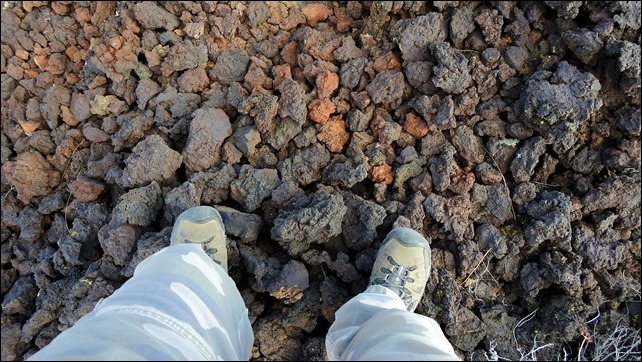

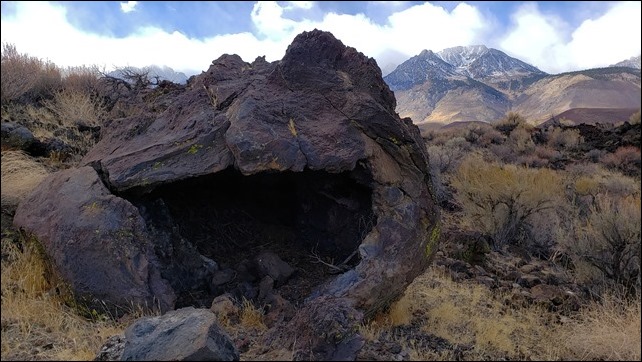
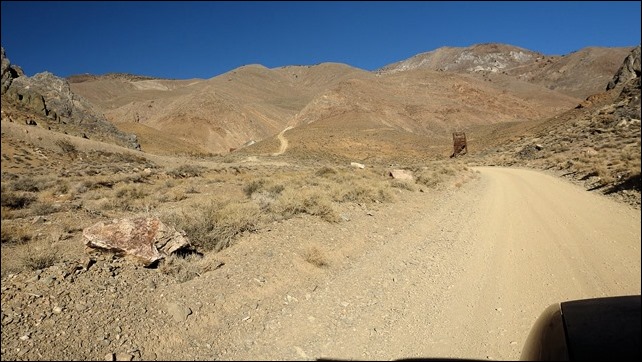
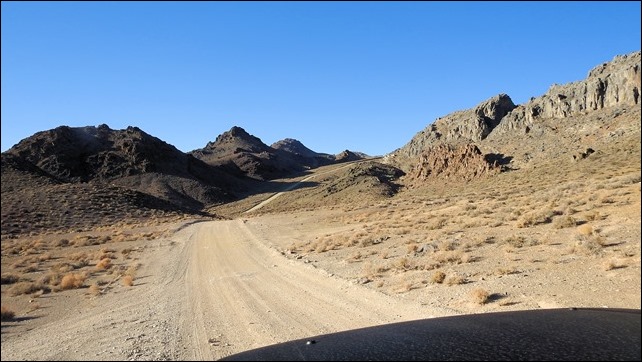
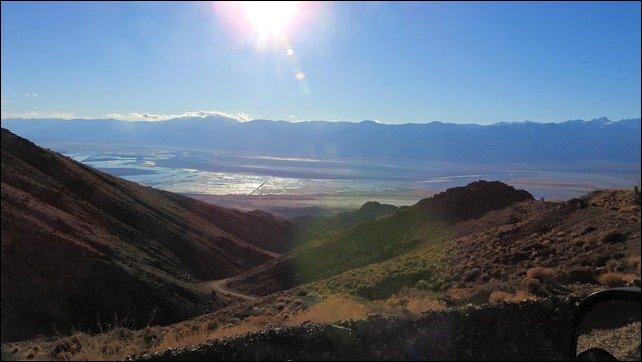
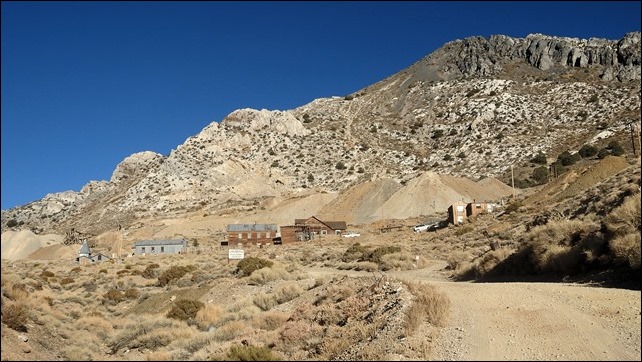
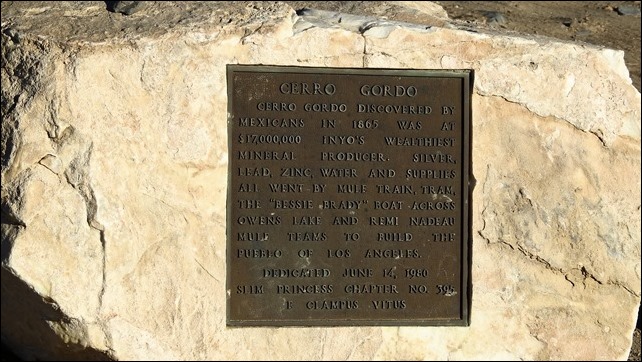
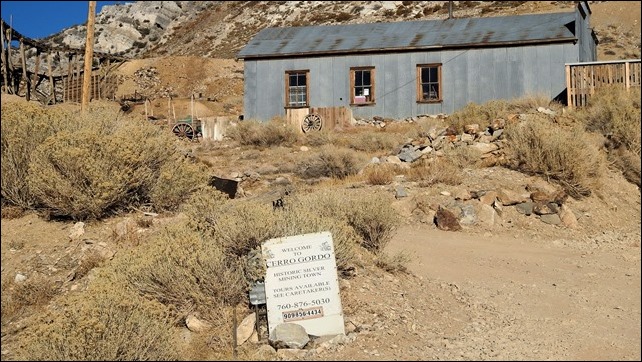
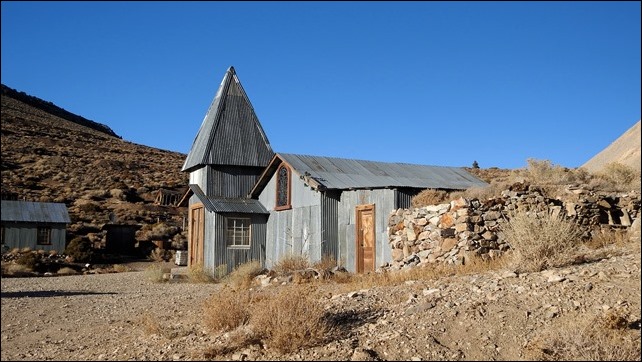
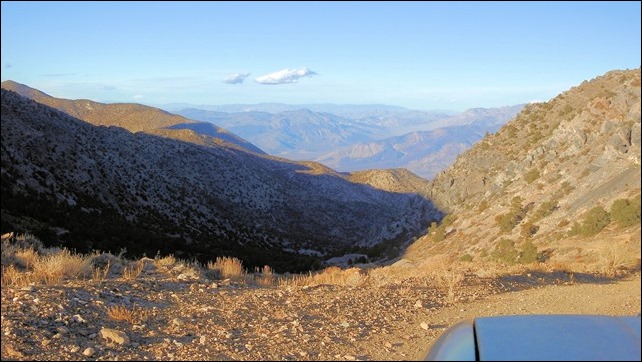
Tx again Greg and Karin…I am 87..still prefer flying above driving..maybe when I turn 90 !!!
tony lem sr / marlene
Very interesting & well written article..thanks so much . I am glad I am your list..We my lovely wife traveled numerous ghost towns and more but now at 77 and no more campers as our health wouldn’t allow me to change a tire so had to hang up the campers hat.. Now we travel and stay at military lodges/Inns as I am a 30 year Naval Air retiree..so once again many thanks for sharing your travels especially in the U.S.A. my country..
Bob,
We’re also in our 70’s and we know that our “limitations” are coming. So we’re doing what we can, without stressing out about it, every day.
Next year, we’ll be roaming Iceland for a few weeks — but like yourself, our favorite haunts are in the USA, and especially the West.
Right now, we wander out, park Howie in a remote flat spot, and go exploring in Ralph. When we get to the end of the 4×4 road, we start hiking. So far, the health is good enough to allow this modus-operandi. We’ll see what the coming years bring.
G.
Cerro Gordo is on the list!